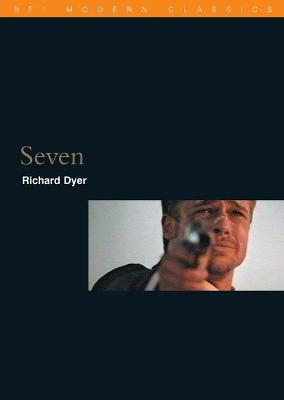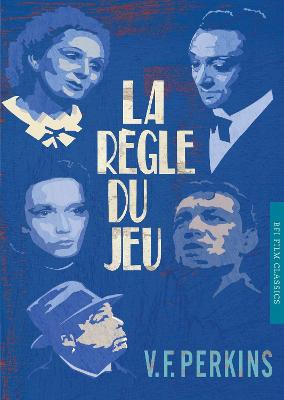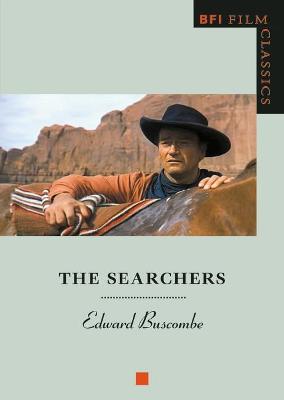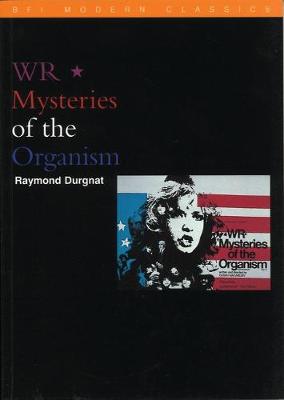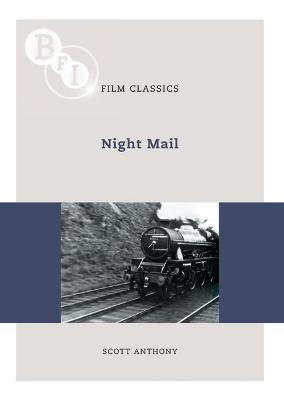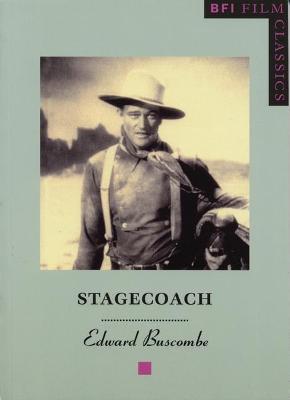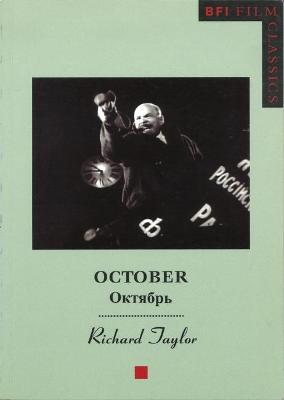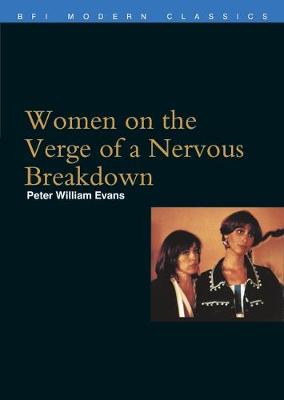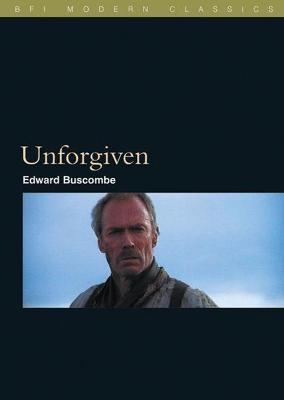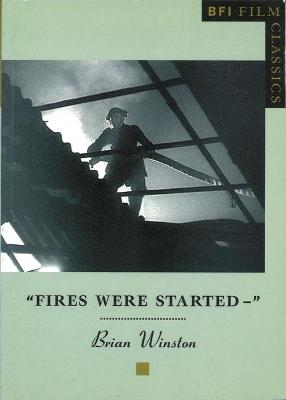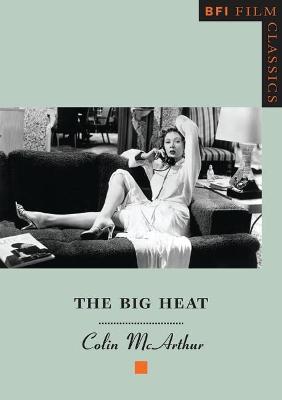BFI Film Classics
13 total works
Night Mail (1936) is one of the best-loved and best-known films in the canon of British documentary cinema. Bringing together the creative talents of Harry Watt, Basil Wright, W. H. Auden and Benjamin Britten, the film gave John Grierson's documentary school its first popular success. Its collectivist politics and its peculiarly modest brand of modernism is as redolent of the inter-war age as Agatha Christie, Penguin Books or The Shell Guides. But it was also a corporate promo, part of a publicity campaign initiated by Clement Attlee to stave off Post Office part-privatisation and to improve the morale of postal workers.
Scott Anthony's study provides a lively appreciation of this vivid, witty and often just plain eccentric masterpiece. In doing so he uncovers the remarkable stories of civic-minded idealism, creative intrigue and political trickery that underpin this classic documentary.
